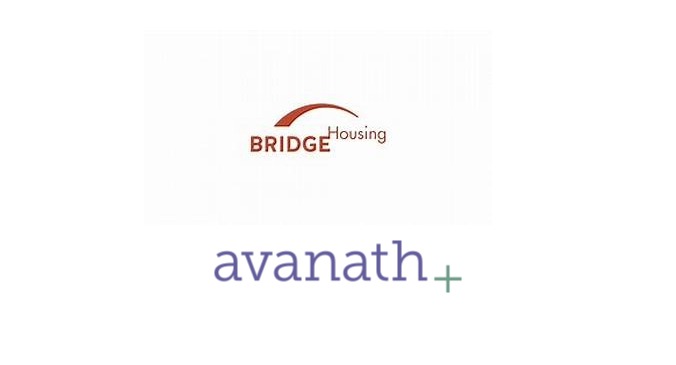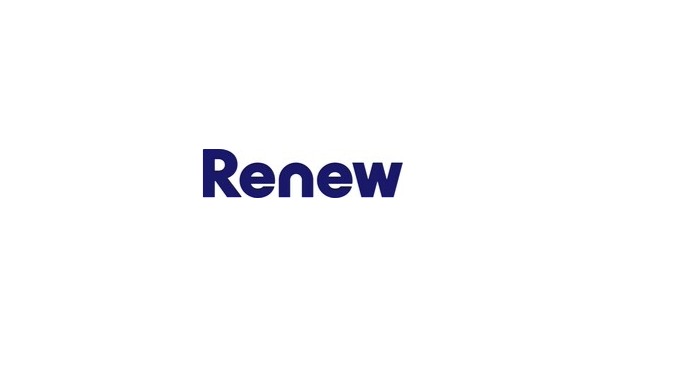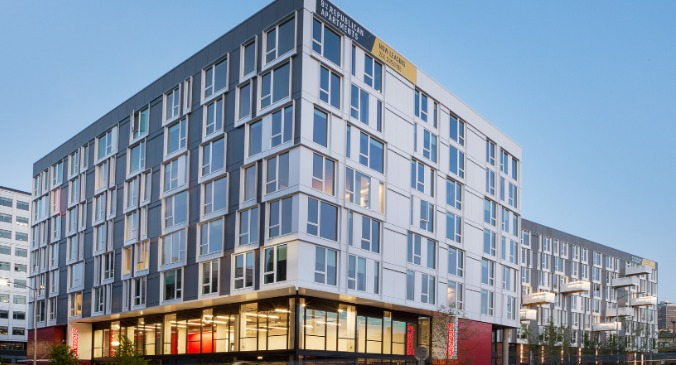It’s not easy to find the marketing technology that can help a local business signal that it’s a local business.
Business owners are overwhelmed by the vastness and depth of online marketing tools, resources and techniques that are available today. Scott Brinker, author and blogger at Chief Marketing Technologist estimates that there are 3,874 marketing technology solutions available today.
It’s not always easy to keep up with local web technology that is essential for both locations and the parent company to implement, and get all the leads from local and mobile searches.
For local businesses like homebuilders, apartment management companies, home services contractors there is an added dimension of complexity. Their web presence needs to be hyper-local i.e have sufficient ways to indicate that the business serves a geographic region. Often this geographic region extends beyond the physical location of the website.
Add to this the complexity of the fast changing landscape of consumer technology: mobile phones, search engine changes, and listing websites. Every few months there’s a new phone model, search engine updates, launches of new social networks, and games that do not make it easy for planning or creating a set strategy.
Getting information on the Internet is easy. Yet the amount of information you can find is overwhelming. This is a challenge for both marketers trying to find new ways to succeed and for consumers trying to buy make their choice.
The customer journey has changed to multi-channel
Google knows the path to a customer’s journey to purchase more than any other technology company. Using the research Google created ThinkWithGoogle—a model of channels that the customer sees on their journey to purchase is based on industry vertical and size of the business. Each channel is weighted on the proximity to the conversion.
The decision-making on the customer’s part has also changed from ZMOT (zero moment of truth) to micro-moments—the moment where people evaluate purchase decisions in the moment on their mobile phone.
If you are a multi-location business changing your web platforms, technology, while essential, is not always easy. Any change needs to reflect in the parent company website, all listing directories, web directories and social networks.
Customer experience mapping for local business goes something like this:
- Map the customer journey. What channels do your customers use to scan the horizon and find information? What are the inspiration and influence points? List out the tools used for information search, purchase steps, and post purchase interactions
- List all the customer interactions during the journey. What steps does the customer take to find information and act? Are these steps easy for the customer and do they provide context?
- Provide a great experience and convert. The focus of the digital channels should match your goals and ultimately lead to more revenue. Do an audit of your conversion points and make changes to improve the customer experience.
Differentiate using these solutions is necessary for a local business to identify and dominate local search results. The marketing strategy for local business needs to be uniform, integrated and distinctly identify the business as local in all digital channels.
Recency
Refresh your whole website once every two to three years. In the short-term, add content to your website regularly to keep the information fresh. Get regular links from reputed websites mentioning your organizations. Keep address, hours and offers updated across the web and have an integrated campaign for content marketing, social media
Relevance
Google’s guidelines for local defines relevance as “how well a local listing matches what someone is searching for.” This information is actually readily available and often free but needs mining.
- Your frontline team: Your team on the frontlines who interact with customers know the customer’s vernacular. Set up a process for the information of terms and language used to be passed on to the marketing team so the copy, and marketing collateral, reflects the language the customer is using
- Mine your communications: Use text analytics to analyze the communications flow between your organization and the customer. Then turn it into business intelligence that will help you get the relevant terms. There are companies like Clarabridge who do customer experience dictionaries.
- Competition: Analyzing competitors’ digital assets, using alerts, analysis tools, and SEO tools will help you confirm weather you are using the relevant terms.
Proximity
Google’s definition is just like it sounds–how far is each potential search result from the location term used in a search? If a user doesn’t specify location in their search, Google will calculate distance based on what’s known about their location.
Local coding and signals to your website are determined by:
- Your website’s name, address, phone number and hours of operation
- Map of the area served
- Structured data with schema.org markup
- Rich snippets and microformats to associate data-like reviews
Location citations: Data aggregators exchange information regularly. Maintaining consistency in the name, address and phone number, and monitoring your listings is key to accurate information online.
Prominence
You can build a reputation for your website by being published in reputed websites like national and local newspapers, press releases carried by prominent websites and including links that show authoritative information.
These factors may have uniform weightage in importance to indicate to Google and other search engines that your website and digital presence is that of a local business.
Checklist for channels and tools for your local web presence are:
- Map out the essential digital channels for a widespread robust web presence
- Corporate website
- Local apartment website
- Directories
- Apartment listing websites
- Review websites
- Social networks
- Google My Business
- A dashboard and marketing control center that integrates all the data for you to see in one place. Integrating the data helps you know which channels are working and the ROI of your marketing spend.
Author: Sashi Bellamkonda is a business marketing speaker, and adjunct faculty at Georgetown University.















